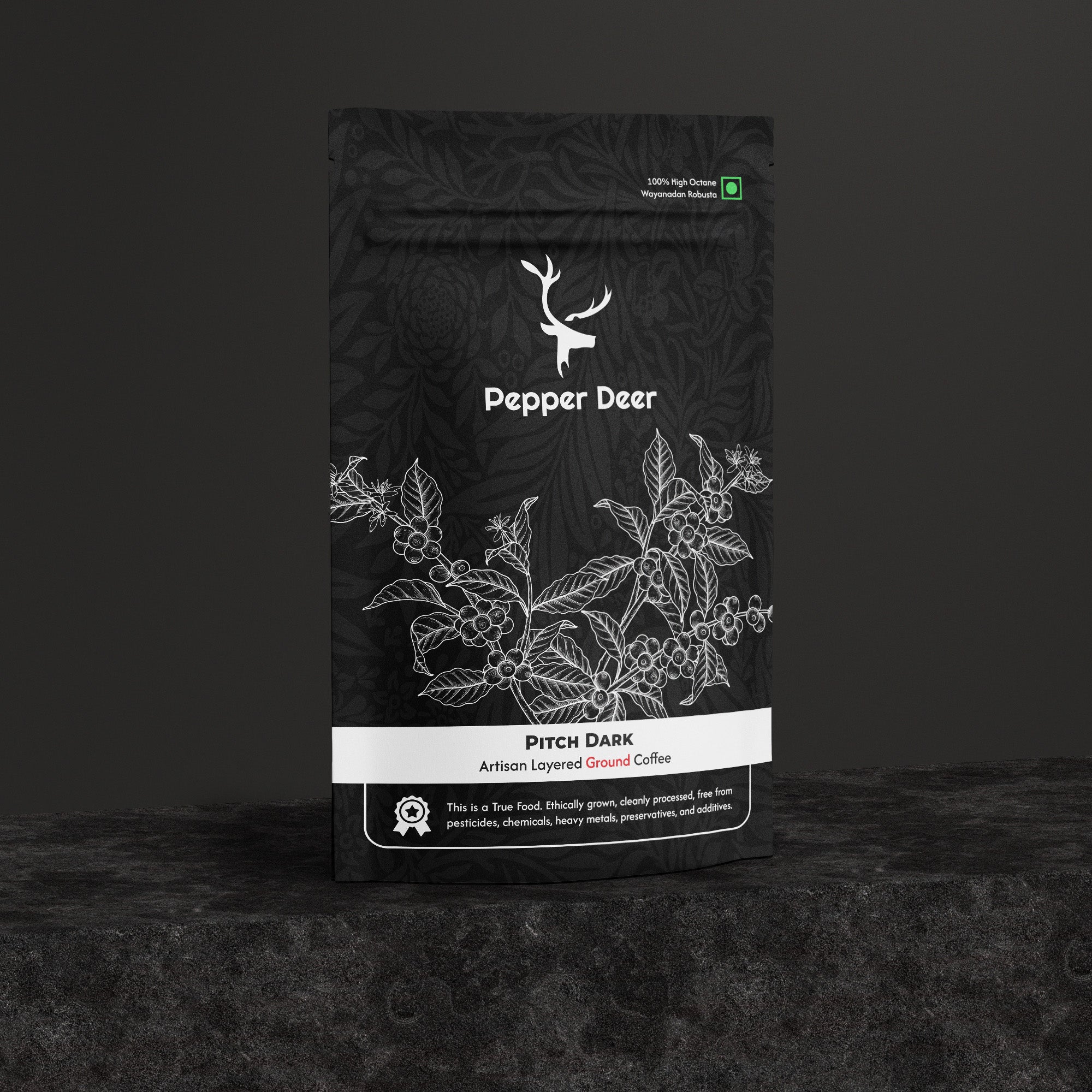“Widespread turmeric adulteration poses serious health risks, but simple tests can help you identify impure products and ensure food safety.”
Turmeric, long celebrated for its medicinal and culinary value, has become a prime target for food adulteration. With its high demand and fluctuating prices, unscrupulous traders often mix toxic substances to enhance color, weight, or texture, posing serious health risks to consumers. A study by Down To Earth found that Lead content in turmeric is more than 200 times the maximum allowed limit in parts of India. In 2021, the Food Safety and Standards Authority of India (FSSAI) identified turmeric as one of the most commonly adulterated spices in the country.
Among the most dangerous adulterants is metanil yellow, an industrial dye added to brighten turmeric’s color. It has been linked to neurotoxicity and digestive disorders. Another frequent contaminant is lead chromate, used to mimic turmeric’s natural golden hue, but prolonged exposure can cause kidney damage and developmental issues in children. Other adulterants, such as chalk powder, starch, and industrial talc, are often used to increase bulk and improve texture, but they can lead to digestive problems and, in some cases, long-term organ damage.
Although laboratory testing remains the most reliable method to detect adulteration, several simple home tests can provide preliminary insights. When mixed with warm water, pure turmeric settles slowly, leaving a faint yellow streak, while adulterated samples release a bright yellow color or white residue, indicating synthetic dyes or chalk powder. A drop of hydrochloric acid can reveal metanil yellow through a pink or violet reaction. Similarly, iodine turns adulterated turmeric blue-black, exposing the presence of starch. Lead chromate can be identified by rubbing raw turmeric on paper and adding glycerin—if a red-brown stain appears, contamination is likely.
The health risks of adulterated turmeric are significant, yet regulatory enforcement remains inconsistent. In 2020, the FSSAI revised permissible lead limits in spices to below 2.5 ppm, but market monitoring remains challenging. While authorities work to strengthen oversight, consumer awareness is crucial in reducing the impact of adulteration.
Turmeric has long been regarded as a healing spice, but its benefits are only assured if pure. As food safety concerns grow, vigilance is key in ensuring that this golden spice remains a source of health, not harm.


